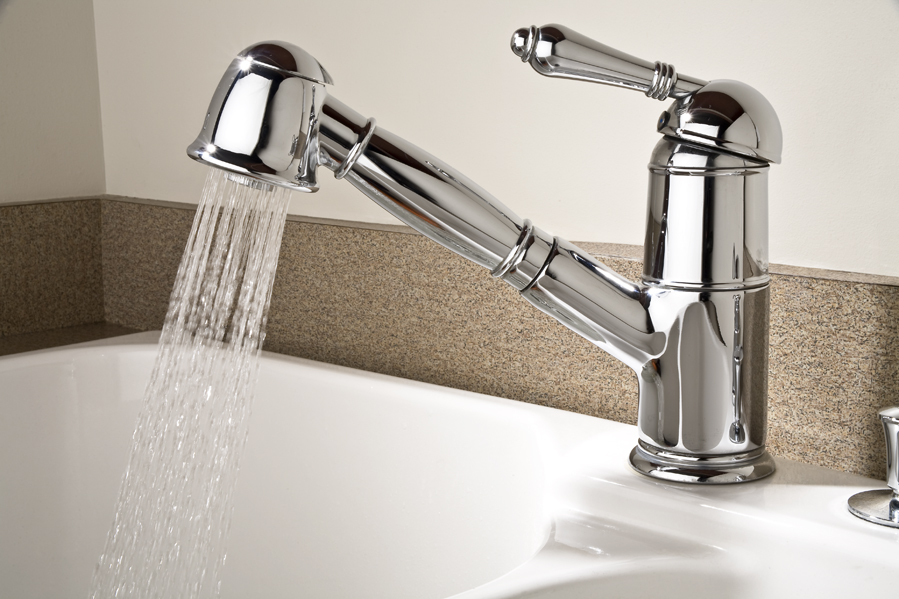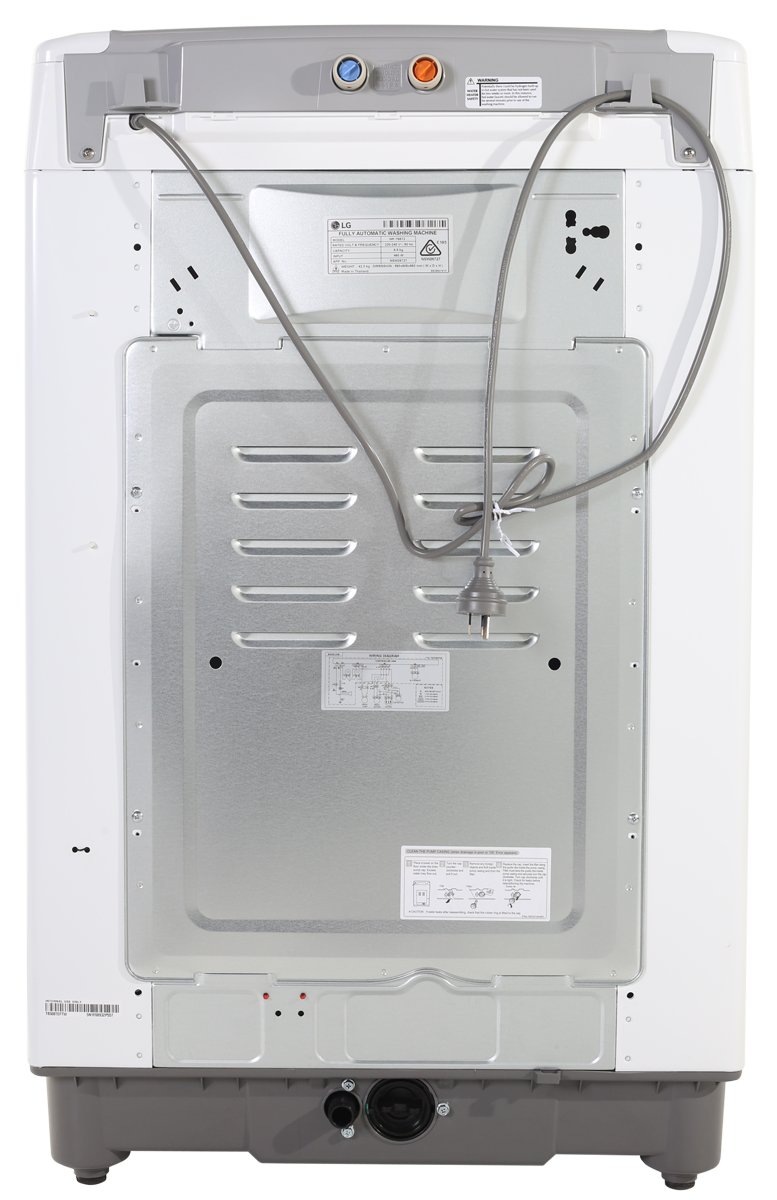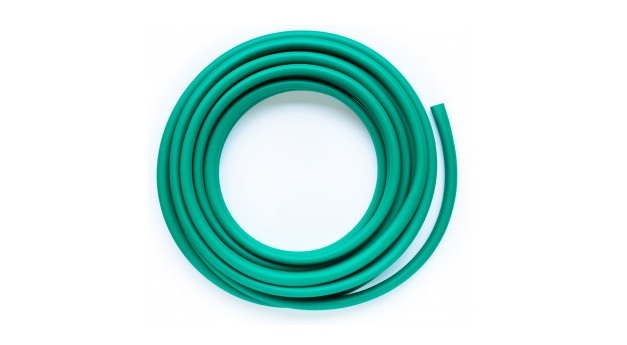
Is the water from your pipe running slower than it normally does? Are you wondering what the hell the cause might be? Do not worry then; you are at the right place. Gharpedia is here to help you! And, by the time you will finish reading this article, you shall not only be able to identify the cause of the problem but solve it for yourself, and prevent it from happening again in the future.
Well, there are various factors responsible for water running with low pressure through your pipes, but one of the crucial reasons is the airlock in pipes.
So, what is an airlock and how do we make out that? In simple words – an airlock is the restriction of water flow as it makes its way to the taps. Such airlock is mostly experienced in hot water pipes.
What Causes Airlock in Water Pipes?
Airlock in pipes is mostly caused by:
01. Air pockets trapped in the pipe:
This problem usually occurs in hot water pipes. At times the water pressure of the tank might be too low to force out air blockage from the pipes thereby obstructing the normal flow of water.
02. Main water supply issues:
Airlock in central heating may occur due to old storage water tanks, circulating pumps, or ball cocks.
If you are experiencing such frequent airlocks in your pipes, here is an indication that your hot-water storage tank is not filling as fast as it drains.
What are the Signs of an Airlock In Pipes?

Well, it is easy to identify! Mentioned beneath are some common signs to know if your pipes have an airlock;
- Knocking or hitting of pipes due to variable water pressure
- Low hot water pressure which prevents water from reaching the faucets.
- Lack of water flow from the hot tap. The cold water will be running smoothly through the pipes. However, the flow of hot water will be irregular or it will completely stop flowing.
Are there Practical Ways of Fixing an Airlock in Pipes?
Obviously! Gharpedia suggests five effective methods of fixing airlock in pipes which are mentioned below;
01. Bleeding your Radiator System
In case an airlock occurs in a boiler, bleed off all the radiators of your home. Go into the basement and turn off all the radiators one by one. In the sequence, begin with the first one until the last one. Close the return valve after bleeding it.
Make sure to count the number of turns your radiator valves took to open. At the end of the process, use the same number of twists to close them. After you are done with this, open all the radiator valves again restarting with the first one. At this point, the airlock will give its way out!
02. Opening all the Faucets in the House

This is one of the most exciting and easy methods that require no special tool or skill to implement. Just open all the faucets of your home at a time. While a little ineffective, it generates an augmented pressure in the pipes, which shakes an airlock loose. Ensure that you open all the sink faucets and the showerhead to make this process effective.
You will need to exercise a little patience in this method as you might have to run it for several minutes before you break the airlock. The good thing about this approach is that, it can break apart an airlock that may occur in hard to reach places and work for all the pipes at your home.
03. Fix The Airlock In Pipes With Showerhead Method

Remove the showerhead from the pipe connecting them and wrap the pipes with three or four plastic bags. This step produces a membrane that assists in sending pressure back through the pipes. The extreme pressure used to propel water makes this method effective and very useful. Put the showerhead back to its place after you have added the plastic bags.
Now go down to your header tank, turn off the hot water outlet, and leave the cold one. Turn on both the cold and the hot water taps of your shower. This will create pressure that will go back down the pipes to break the airlock. Turn off the water from the shower and remove the showerhead. Take the plastic bags off and reinstate the showerhead. Finally, turn on the hot water back in the basement.
This method requires a little bit of effort compared to the others. However, when correctly done, it is highly effective.
04. Fixing The Airlock in Pipes With Washing Machine Method
If you do not have a two-tap system at your home, here is the right method for you. You can use it also if the airlock requires some extra power to break up. In this method, you make use of the power of your washing machine to remove the airlocks in the pipes. It is suitable only while using on an automatic washing machine with both cold and hot water connections.

According to this method, turn off the valves of both inputs of your washing machine and disconnect them with a hosepipe. Now turn both the hot and cold water valves on and leave both taps open for a few seconds. The added pressure will break the airlocks in your pipes.
05. Fix The Airlock in Pipes By Using a Hosepipe

In this method, you need to connect the hosepipe to the problematic valve and wrap the other end of pipe to a working tap. Ensure that the seal around the pipe is not damaged or broken. This will ensure that there is no water or air pressure that would escape during the process. Now pull up the end of the pipes tightly and turn the problem tap up.
Once the tap is open, turn on the working tap. Water will fill in the hose pipe and create pressure in the pipe with an airlock. This will eventually increase the pressure in the pipes and break the airlock. Now remove the hose and try the tap after a few minutes.
How To Prevent Airlocks In Water Pipes?
You can avoid airlock in pipes by;
- Ensuring that the speed of water in the pipes is very fast, so that it can transport all air bubbles to the pipeline end.
- Ensuring that the pipeline is either steadily rising or level to ensure no high section where air bubbles can collect.
- Making sure that no air enters the pipe. You can do this by ensuring that inlets from header tanks are sub surfaced.
By following the above airlock in pipes removal methods, we bet you can successfully restore your pipes to their best working order without even involving a professional plumber. The good thing about these methods is that there is no requirement of special tools or equipment. It can be done quickly and effectively with some simple methods. What you need is a hosepipe and a few plastic bags to deal with the airlock in your pipes.
Image Courtesy: Image 5
Author Bio
Jennifer Kiminza – Jennifer Kiminza is a content writer and content marketing professional at Hub Spot, an inbound marketing and sales platform that helps companies attract visitors, convert leads, and close customers. Previously, Jennifer worked as a marketing manager for a tech software startup. She graduated with honors from Nairobi University with a dual degree in Business Administration and Creative Writing.






























